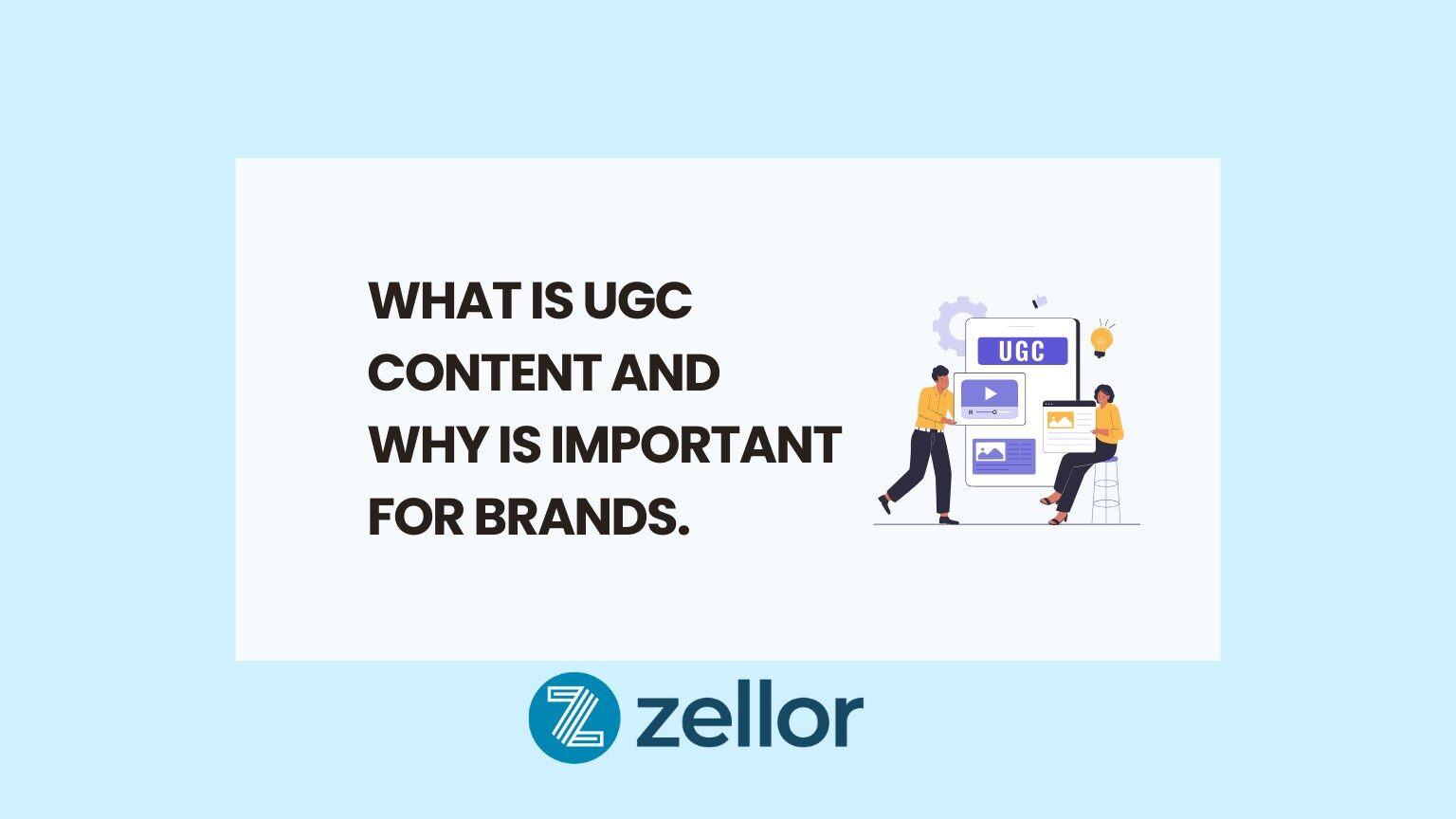Brands need to understand UGC to build real connections with their customers. A whopping 90% of consumers believe authenticity matters when they pick brands to support. This isn’t just another trend – it’s changing the way successful marketing works.
User generated content (or UGC) is any content that comes from consumers, not brands. Research shows that 60% of consumers think UGC helps brands market themselves most authentically. We’ve watched different types of User-generated content (UGC) reshape marketing plans, from simple customer reviews, social posts to UGC Shoppable Videos and more. Marketing campaigns that use UGC see 50% higher engagement rates. The numbers speak for themselves – 80% of consumers say UGC affects their buying choices directly.
This article touches upon what UGC (User generated content) means through real brand examples that got results, and why it matters more than ever in 2025.
What is UGC and why it matters in 2025
User-generated content (UGC) has grown from simple social mentions to become the life-blood of modern marketing. User-generated content in 2025 encompasses all content—photos, videos, reviews, social posts—that people create instead of brands. This radical shift shows how consumers now connect with brands differently along their path to purchase.
Statistics paint a clear picture. 92% of consumers trust UGC more than traditional advertising. This makes it today’s most effective form of social proof. UGC-based ads also deliver 4x higher click-through rates while costing half as much as conventional ads.
According to Rutgers University study on TikTok, UGC on TikTok had 3.5× higher engagement than branded content. Marketing campaigns that showcase user content see a 29% boost in web conversions. During tough economic times, 35% of consumers look to UGC more often to make choices.
Types of UGC
User-generated content comes in many distinct formats that shape how consumers make their decisions. Customer reviews and testimonials are the life-blood of UGC, and 66% of buyers think positive reviews are the most significant factor in their purchasing decisions. Real customer experiences create transparency and build trust.
- Visual UGC has become essential, as 99% of consumers look for photos and videos from other customers. Customer photos prove 80% more valuable than brand-created imagery. Product pages that show visual UGC see a 65% increase in conversions.
- Social media posts with UGC get 28% higher engagement rates compared to standard brand content. Unboxing videos are a great way to get authentic first impressions that help potential buyers evaluate products.
- Blog content lets creators take a closer look at products through tutorials, reviews, and roundups. Hashtag campaigns encourage participation at scale and build community around your brand.
- Before-and-after demonstrations work really well for skincare and fitness brands by showing real results. Contests also motivate creation and build brand awareness.
Examples of user generated content that worked
Top brands know how to use content their customers create and leverage social proof.
Apple’s “Shot on iPhone” campaign shows UGC’s true potential. The campaign generated over 15 million Instagram posts and boosted iPhone sales by 24%. Real photos taken by iPhone users appeared on billboards worldwide, which created 6.5 billion media impressions and achieved 95% positive mentions.
Aerie changed marketing forever with their #AerieREAL campaign in 2014 when they stopped retouching models digitally. This bold stance on body positivity challenged industry standards and increased sales by 9% within months of launch.
GoPro built their marketing strategy on customer content. Their Million Dollar Challenge lets users submit GoPro camera footage to share a $1 million prize. Users worldwide submitted 43,000 entries in 2023. Users now create 50% of GoPro’s video content and 80% of their social media photos.
LEGO Ideas taps into fan creativity by turning designs with 10,000 votes into real products. Creators earn royalties and recognition, which motivates more people to participate.
Conclusion
UGC represents a basic change in how brands connect with their audience in 2025. This piece shows how user-generated content builds trust where traditional marketing often fails. Without doubt, the statistics speak volumes—92% of consumers trust UGC more than conventional advertising, and 79% say it directly influences their purchasing decisions.
Brands have multiple ways to showcase authentic customer experiences through different types of UGC. Reviews, visual content, social media posts, and hashtag campaigns become powerful tools when combined smoothly with marketing efforts. Brands that successfully incorporate UGC formats of all types see measurable improvements in engagement, conversion rates, and customer loyalty.
Successful examples like Apple’s “Shot on iPhone,” Aerie’s body-positive approach, and GoPro’s Million Dollar Challenge share a common thread. These brands give customers a platform to share authentic experiences and build community around their products. Their reward comes in increased sales, engagement, and brand loyalty.
The difference between branded content and user content continues to blur as we progress. All the same, one thing remains clear—consumers crave authenticity above all else. Genuine customer experiences increasingly drive purchasing decisions while influencer marketing loses its effectiveness.
Bottom Line: UGC has grown from a marketing tactic to an essential brand strategy that builds trust, boosts engagement, and increases conversions. Zellor’s UGC AI shoppable tool helps brands collect, curate, and use authentic UGC videos on their websites. This turns satisfied customers into your most powerful marketing asset.
The shift toward user-generated content represents more than a marketing trend—it’s a fundamental change in how consumers make purchasing decisions. Brands that successfully integrate authentic customer experiences across their marketing channels will build stronger relationships and drive better business outcomes in 2025.

